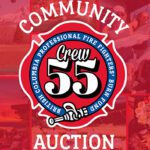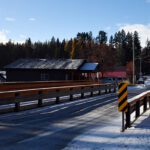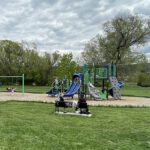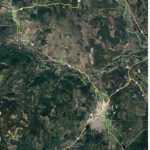Home »

Fighting back against invasive weeds

Almost any farmer or rancher you talk to has a problem weed. In the East Kootenay you’ll often hear people cursing spotted knapweed in the south or leafy spurge in the north.
Both of these plants have nearly unstoppable capability to out-compete and eliminate nutritious native forages for livestock and wildlife and disrupt processes that create healthy soils. And the problem, left unmanaged only gets worse with time.
Local ranchers and farmers have been battling the impact of invasive weeds for decades. Some weeds, such as cheatgrass, are highly flammable, helping wildfires spread more rapidly, and once the fire has passed, cheatgrass aggressively recolonizes burned areas, setting up the potential for a new and dangerous fire cycle.
Others, such as hoary alyssum can establish dense stands in pasture, reducing plant species diversity and hay or forage production. Heavily infested pastureland is usually avoided by grazing cattle and wildlife but if ingested, this plant can be toxic, causing swollen legs and severe lameness. Consumption of large quantities can also cause diarrhea, leading to dehydration and miscarriage. The plant remains toxic after it is dried, and most poisonings are due to contaminated hay.
The agriculture industry in Canada loses an estimated $2.2 billion a year due to invasive species through reduced crop yields, increased pest management expenses, and overall market losses. In B.C. alone, estimated crop losses cost the agriculture industry over $50 million annually.
In addition to the impacts that the agriculture community faces, invasive species threaten the biodiversity of the East Kootenay. Invasive plants alter habitat by displacing native vegetation. They reduce soil productivity, impact water quality and quantity, threaten biodiversity, and alter natural fire regimes. Habitat loss is one of the reasons some species are listed as vulnerable or endangered in the East Kootenay, and threatened species often grow right beside invasive species, making management tricky.

What’s Being Done?
The East Kootenay Invasive Species Council (EKISC) is involved in a number of invasive species management plans in the region. One specific funding source, from the Grassland and Rangeland Enhancement Program, allows EKISC to conduct invasive plant control on various range units in the East Kootenay. Invasive plant control techniques used on rangeland is site specific and may include mechanical (i.e. hand-pulling) and/or chemical controls (appropriate use of approved herbicides). This grant also provides funding to conduct research on grassland vegetation plots, range unit inventories, and educational programming.
How You Can Help
Say you don’t have cheatgrass, or you’ve never heard of leafy spurge, and you’re not grazing or farming East Kootenay landscapes, what does this have to do with you?
Well, if you’ve got a plant pest you’re trying to manage, or you’ve got wildlife habitat that you’re trying to maintain or improve as part of improving soil health and forage, or you’re just plain interested in keeping invasive plants out of the East Kootenay you can join EKISC at the upcoming Agriculture Learning Symposium on Invasive Weed Management to learn from others in the industry.
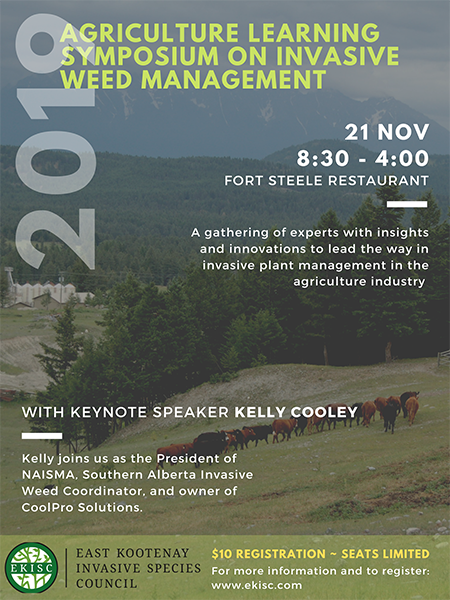 Lead image: Hoary Alyssum, left; Leafy spurge, right. Images submitted by East Kootenay Invasive Species Council
Lead image: Hoary Alyssum, left; Leafy spurge, right. Images submitted by East Kootenay Invasive Species Council
East Kootenay Invasive Species Council



